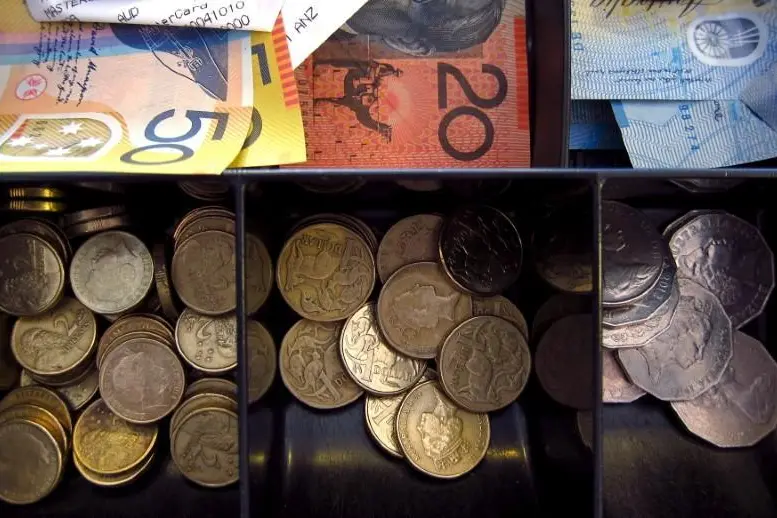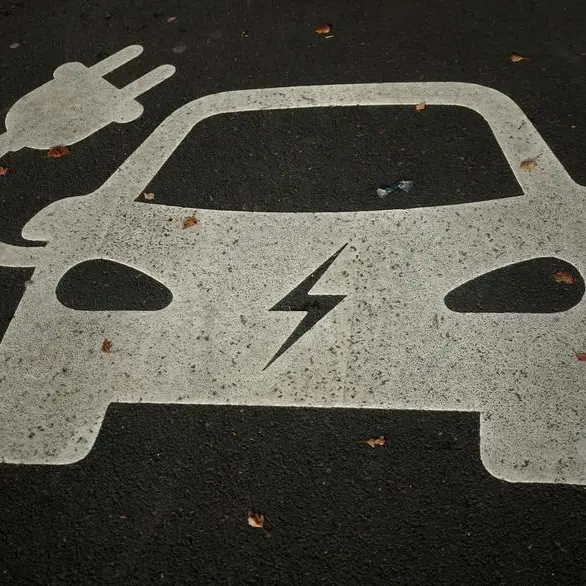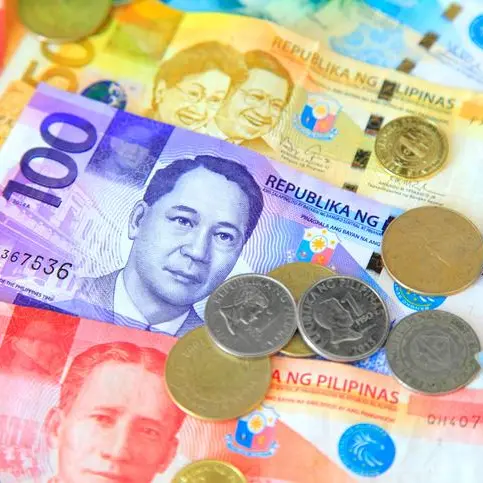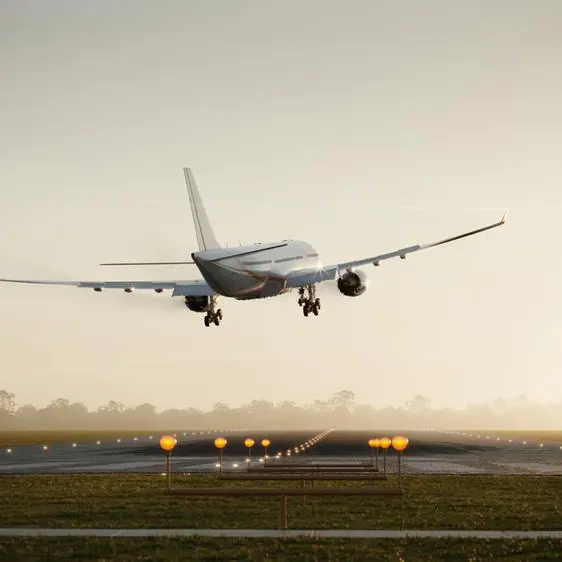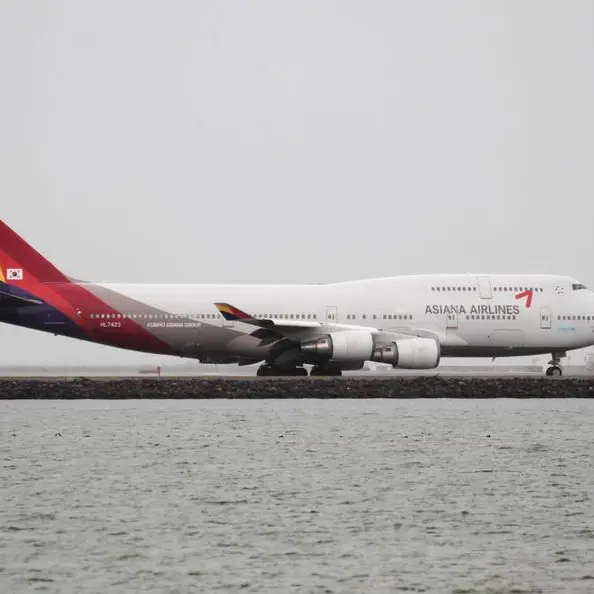PHOTO
The Australian and New Zealand dollars were trying to find their footing on Thursday after failing to sustain overnight gains, as concerns about the global interest rate outlook outweighed optimism over China's easing of COVID-19 restrictions.
Amid a dearth of major market catalysts, the Aussie was lying flat at $0.6741, having hit a two-week high of $0.6801 overnight, as bulls, back from the Christmas holidays, lifted the currency amid initial optimism over China reopening its borders.
However, it failed to break resistance at around 68 cents and now has support around $0.6730.
The kiwi was up 0.2% at $0.6325, after climbing 0.6% overnight to as far as $0.6354, the highest level in six sessions. It now has support at its 200-day moving average of $0.6240.
Following China's removal of its quarantine rule for inbound travellers beginning Jan. 8, countries such as the United States, Japan and India said they would require COVID tests for travellers from China as cases there spiked, overwhelming hospitals.
"China may have provoked a rekindling of inflation concerns," said Naka Matsuzawa, chief Japan macro strategist at Nomura.
"It looks like market participants recognise that the sharp rise in COVID cases are not consistent with the resumption of economic activity in China, but also that rate hikes priced in by the U.S. market are insufficient."
Indeed, U.S. ten-year yields rose for the third straight day to the highest since mid November.
In Australia, 10-year yields touched 4.064% on Thursday, the highest since Oct. 25, leaving the yield premium over Treasuries at 20.5 basis points, also the widest in two months.
The futures market now suggests the Reserve Bank of Australia might have to be more aggressive than previously thought as investors priced in a higher peak rate of around 4% by September next year, up from 3.6% just a week ago. They also suspect the RBA would not be cutting rates until 2024. (Editing by Stephen Coates)
